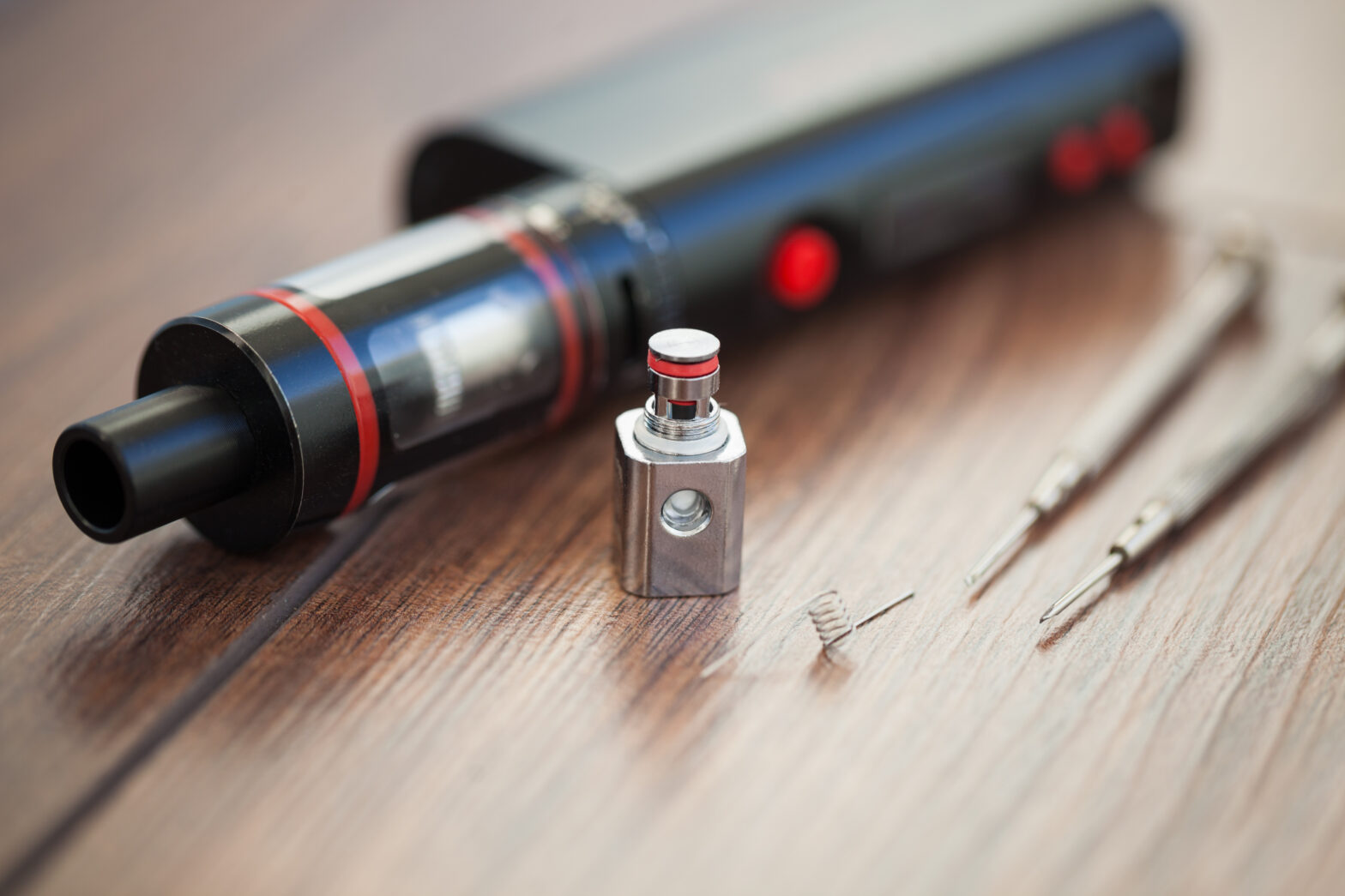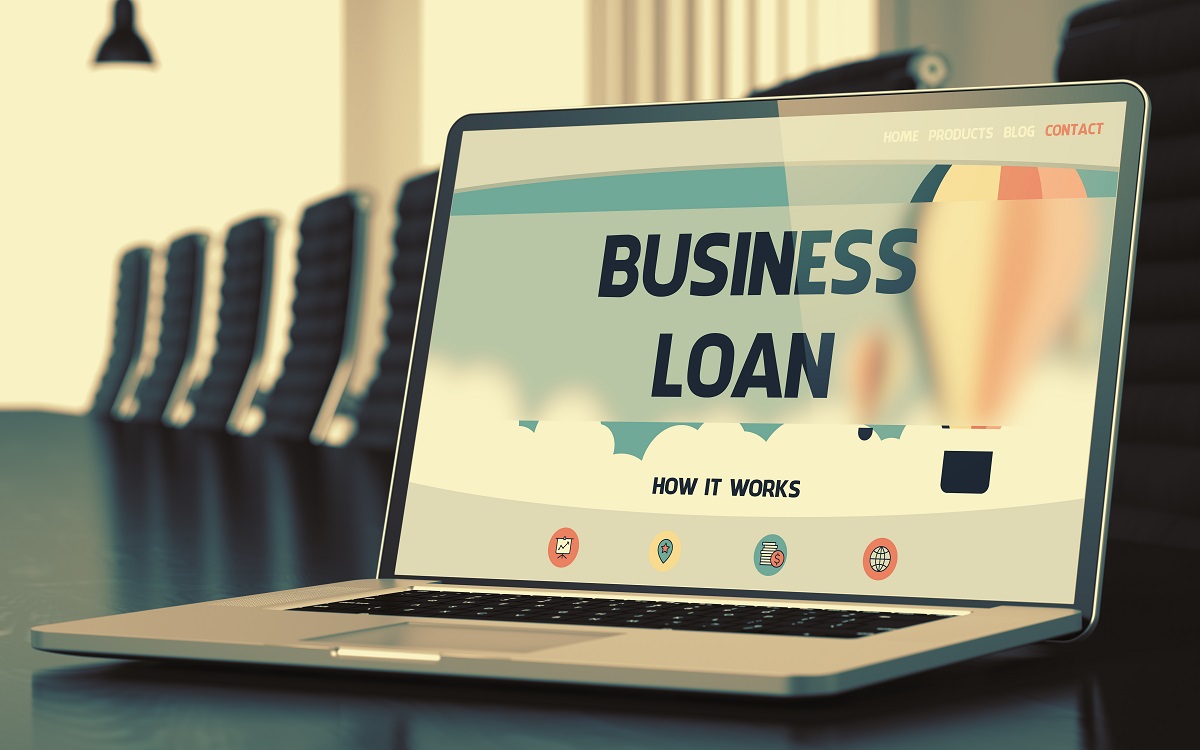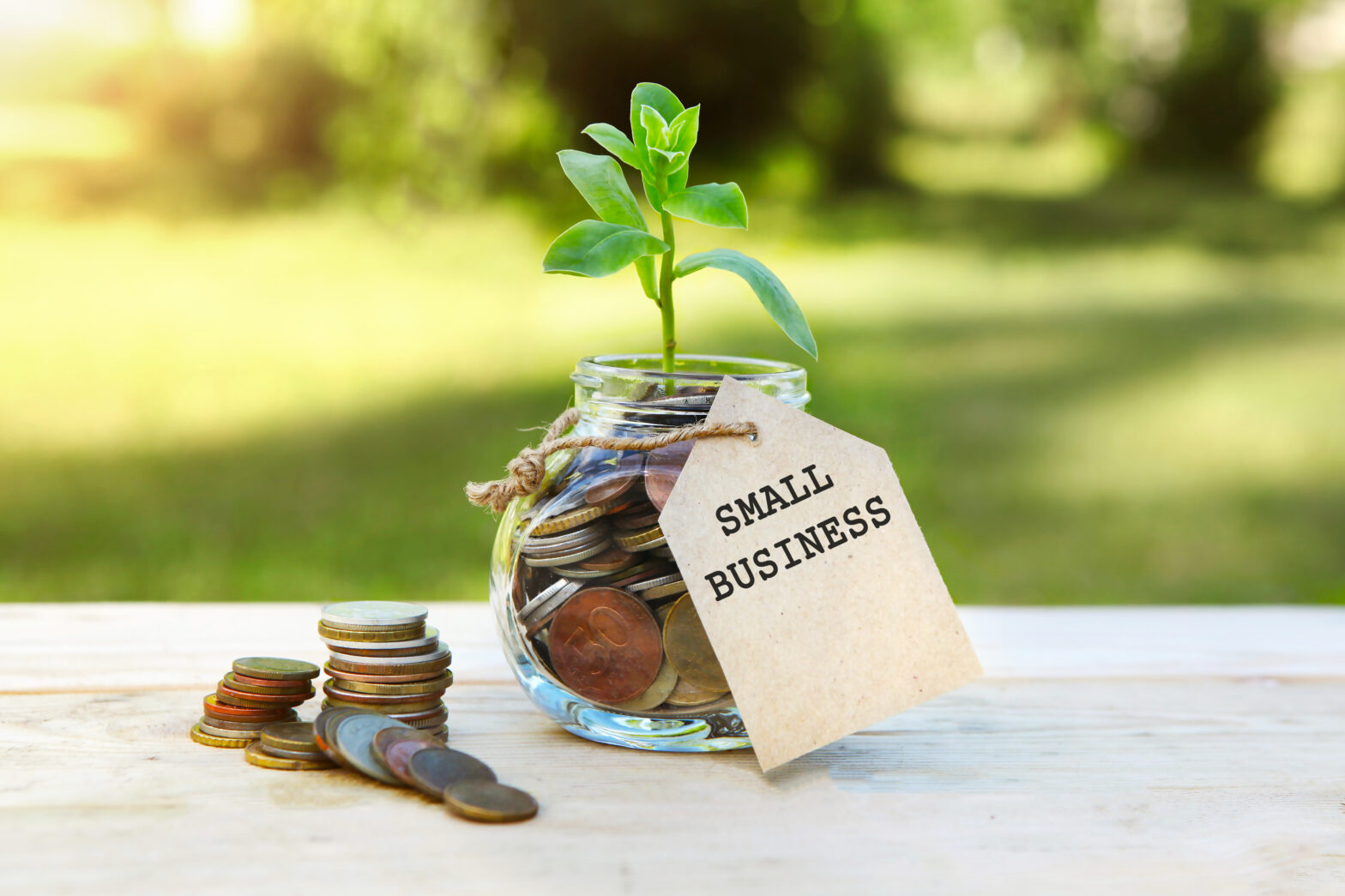Vaping has come a long way in a short time. It started off as a cottage industry, dominated by small, creative companies which benefitted from loose-touch regulation to invent new and innovative products and bring them quickly to market.
For vapers, the ability to create a personalised and unique product themselves from the tools provided by these vaping boutiques has always been part of the fun of their hobby.
But this landscape is rapidly changing. Charles Bloom, CEO of
British company Vapourlites, thinks the vaping industry has
grown very quickly – it’s no longer a boutique industry, but big
business. Customers are extremely committed, and take enormous interest not just in vaping, but the industry itself.
They are invested in its future – and at the moment, the vaping industry is continuing to grow rapidly.
So it should come as no surprise that the big players in the tobacco industry are entering the industry, with clear plans to dominate. Lorillard was the first Big Tobacco company to enter the vaping industry, acquiring Blu in 2012 and UK based SkyCig in 2013.
British American Tobacco bought British vaping start-up CN Creative Ltd in 2012, and created their own brand Vype. Altria bought Green Smoke for $110 million in 2014. All the major players in Big Tobacco have entered the vaping industry through acquisitions and developments.
Big profits
The global vaping market is currently worth around £6 billion or $7.3 billion, with some projections saying it could be worth as much as $50 billion by 2025.
Why wouldn’t Big Tobacco be looking to protect its market share, invest in the future and at the same time, help safeguard the world’s health?
The problem, from the point of view of Big Tobacco, is that vaping is not only eating into its market share, but killing off part of its market. In the UK, research from the Office of National Statistics (ONS) shows that a whopping 97 per cent of Britain’s 3 million vapers are ex-smokers. Only 0.2 per cent of vapers have taken up the habit without ever smoking a cigarette.
More than half (53 per cent) of those surveyed cited ‘an aid to giving up smoking’ as the main reason for taking up vaping, and there’s strong evidence to show vaping is highly effective at this; the ONS reports that 720,000 ex-smokers have used e-cigarettes in the past but no longer.
Vaping is a lot cheaper than smoking for the consumer and is currently not taxed or legislated to anywhere near the same degree. Unlike cigarettes, the vaping market is not based on a ‘make ‘em cheap, sell in bulk’ sales model; more than two-thirds of vapers use reusable ‘mods,’ rather than the disposable e-cigs that are more expensive to buy (and make).
VUSE, the number one US disposable e-cig brand, which Reynolds (manufacturer of Camel and Winston cigarettes, amongst others) introduced in 2014, was still in the red at the end of 2015, generating little or no profit for Reynolds.
In contrast, there are 7 million cigarette smokers in the UK, a number that declines every year. High tax on tobacco products, high profile ‘stop smoking’ initiatives and government directives such as a ban on advertising and colourful packaging have seen tobacco sales in the UK slide year on year – but although the market may be smaller, the profits are still very high.
The UK tobacco market alone is worth £15.1 billion. Globally, it’s worth a whopping $744 billion. There’s no evidence of a conversion rate from vaping to smoking – it’s strictly the other way round – so from a financial point of view, it makes sense for
tobacco companies to want to keep their users buying cigarettes, rather than the cheaper vapes which may, in the end, actually help the user give up their nicotine addiction altogether.
In other words, vaping is never going to deliver the same profits to Big Tobacco as smoking does – and allowing it to grow represents a serious threat to Big Tobacco’s existing and future profits.
Which is why the obvious thing for Big Tobacco to do would be to use its power, influence and vast wealth to try and shut the vaping industry down.
Lobbying
Big Tobacco has not only been buying out some of the key players in the vaping industry, it’s also been actively lobbying for stricter legislation round vaping. Big Tobacco spends a huge amount of money on political lobbying; in the US in 2016, Altria spent $4,500,000 on lobbying – that’s just one company, in less than one year!
The reach and influence afforded by this level of investment cannot be underestimated. In the US, in 2014, Reynolds submitted a 119-document to the Food and Drug Administration (FDA) arguing to ban ‘open system’ vaporisers and flavoured products, on the grounds that open systems are unsafe and flavoured products appeal to children.
Let’s face it, aiming to tighten up legislation round an industry you’re investing in is an odd move for any business, even one that’s keen to promote itself as responsible. However, ensuring that tobacco-flavoured products are the only smoking alternatives available is clearly in the interests of a company like Reynolds that mainly sells tobacco!
The FDA hasn’t (yet) banned flavoured juices, but earlier this year, it introduced a raft of directives for the vaping industry, including retroactive testing for all products, which could cost as much as $2 million per item – pocket change for Big Tobacco, but likely to put small entrepreneurs out of businesses. Companies have two years to comply.
Effects of the TPD
Here in Europe, the revision of the TPD (Tobacco Products Directive) produced by the EU is likely to have a similar impact on the British vaping industry. Juice and mod manufacturers will have to have each of their products retroactively tested, and new products will have a wait period of six months before they can be brought to market.
Most of the current generation of ‘mods’ do not meet the requirements of the directive, and will be outlawed when it comes into effect next year. Vaping companies have complained that this effectively stifles innovation and will put many smaller suppliers out of business.
The impact on public health is the reason cited for the tightening of the legislation – despite the report from Public Health England in 2015 stating that vaping is 95 per cent safer than smoking, and the Royal College of Physicians urging smokers to switch to vaping.
Ironically, this plays into the hands of Big Tobacco, which is poised to step into the gap left by smaller vaping companies going out of business.
But will it fill the gap with vaping products – or will it cite higher taxation and the cost of the retroactive testing as its reason for putting up the prices of its own e-Cigs to bring them in line with cigarettes?
And with far fewer, more expensive products available, how long before most vapers turn back to cigarettes? The latter is just speculation, of course, but the TPD directive is certainly set to shake up the vaping industry.
It’s possible that, in a probably well-meaning but ultimately self-defeating move by EU officials, this fledgling industry, with its positive health benefits in weaning people off smoking and offering a safer alternative, could be crushed almost before it’s truly begun.
One thing is for sure: Big Tobacco would be the main beneficiary of that.
Charles Bloom is CEO of Vapourlites.








